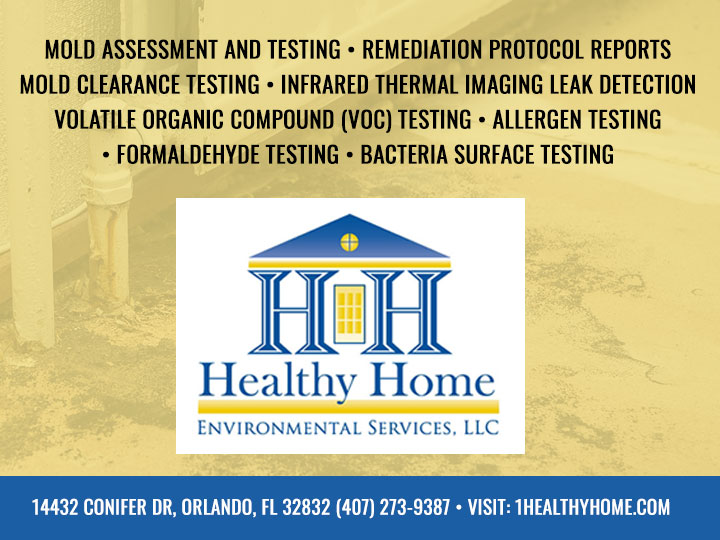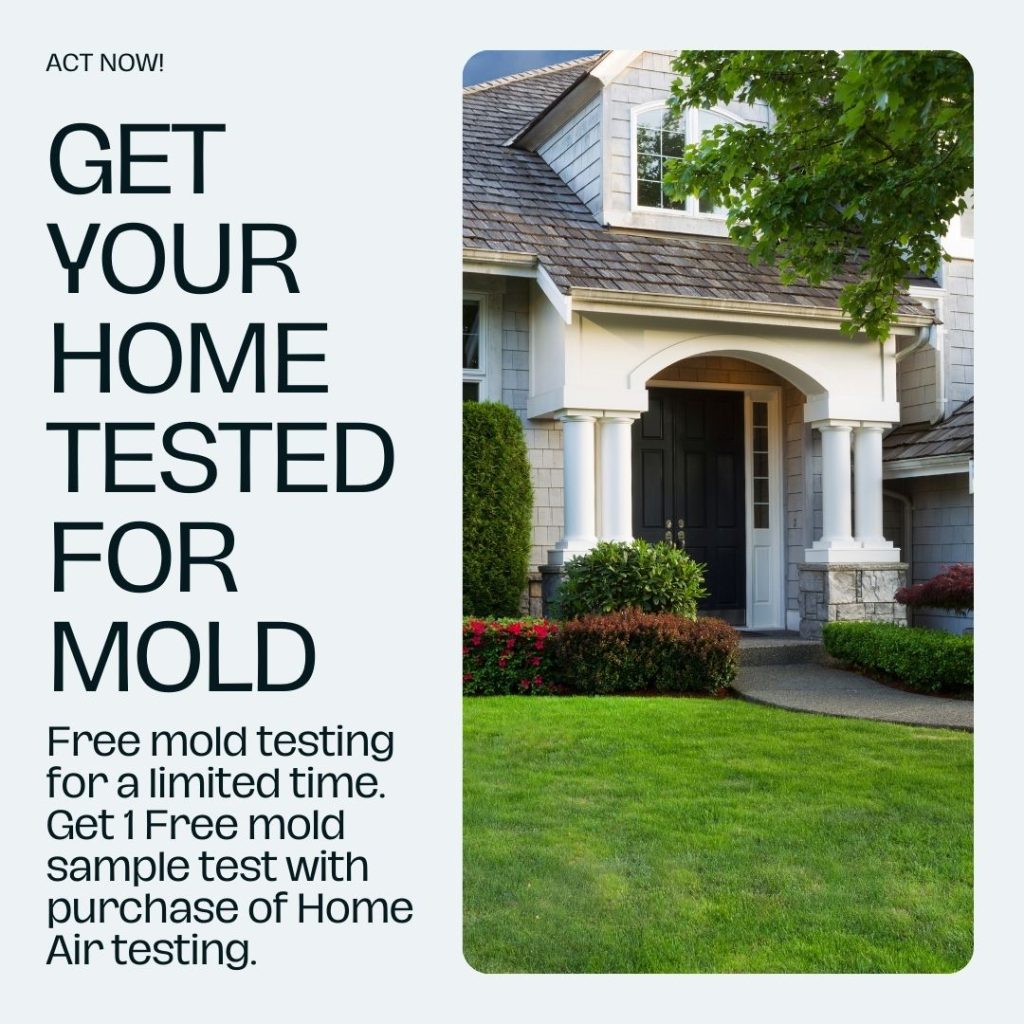Boost Your Safety And Security Methods with Specialist Mycotoxin testing Services
Boost Your Safety And Security Methods with Specialist Mycotoxin testing Services
Blog Article
Just How Mycotoxin Screening Aids Avoid Contamination and Guard Food Supplies

Mycotoxin screening is an important method in the food industry, serving as a frontline defense versus contamination by hazardous contaminants produced by molds. Through the application of innovative strategies like High-Performance Fluid Chromatography (HPLC) and Fluid Chromatography-Mass Spectrometry (LC-MS), food producers can properly find and measure mycotoxin levels in agricultural products.
Comprehending Mycotoxins
Recognizing mycotoxins starts with recognizing that they are poisonous second metabolites created by particular mold and mildews, which can contaminate agricultural products. These metabolites are not important for the growth or reproduction of the fungis however can have serious ramifications for animal and human health and wellness. Mycotoxins are frequently found in staple crops such as corn, wheat, barley, and nuts, where they can proliferate under details problems of dampness and temperature level.
There are a number of types of mycotoxins, each created by different fungal species. Fusarium types create trichothecenes and fumonisins, both of which are linked with different severe and chronic health and wellness issues.

Dangers of Mycotoxin Contamination
The risks of mycotoxin contamination are multifaceted, posing substantial risks to both food security and public health. Mycotoxins, poisonous compounds created by particular sorts of fungis, can contaminate a vast array of farming items consisting of cereals, nuts, seasonings, dried out fruits, and coffee. Once these toxic substances penetrate the food supply, they can result in major health concerns such as liver damages, kidney failure, and even cancer. Vulnerable populaces, including youngsters, the elderly, and immunocompromised people, are particularly in jeopardy.
Financial effects are one more significant problem. Infected crops can lead to considerable financial losses for farmers and food manufacturers because of lowered returns and the demand for pricey purification actions. International trade can be dramatically impeded as nations impose strict mycotoxin regulations to protect their populations, leading to denied shipments and stretched profession connections.
Ecological factors such as environment modification exacerbate the danger of mycotoxin contamination. Variants in temperature level and humidity can develop beneficial conditions for fungal growth, raising the chance of contamination events. Hence, understanding and mitigating these risks are crucial for guaranteeing the security and honesty of international food products.
Techniques of Mycotoxin Evaluating
Properly determining mycotoxin contamination in farming items is essential for safeguarding public health and wellness and maintaining food security requirements. Various methods are employed to spot and quantify mycotoxins, each offering specific advantages and restrictions.
High-Performance Liquid Chromatography (HPLC) is a widely made use of technique due to its high level of sensitivity and precision. It includes dividing mycotoxins from various other compounds in a sample, allowing precise metrology. Fluid Chromatography-Mass Spectrometry (LC-MS) incorporates liquid chromatography with mass spectrometry to provide comprehensive molecular information, making it specifically useful for determining multiple mycotoxins at the same time.

Gas Chromatography-Mass Spectrometry (GC-MS) and Thin-Layer Chromatography (TLC) are additionally utilized, each with distinct applications. GC-MS works for unpredictable mycotoxins, while tender loving care offers a less complex, affordable choice for initial testing.
Advantages of Regular Testing
Normal testing for mycotoxins in agricultural items offers countless benefits, substantially adding to public wellness and food safety and security. By identifying contamination early, routine testing assists avoid the circulation of harmful foods, thereby decreasing the danger of mycotoxin-related health problems among consumers. This proactive technique not just safeguards human wellness yet additionally improves the general high quality of food supplies.
Regular screening likewise supports regulative compliance. Various countries and areas have established strict restrictions for mycotoxin degrees in food and feed. Abiding by these limits through routine screening guarantees that distributors and producers meet lawful criteria, thus preventing fines and profession barriers. Maintaining conformity fosters consumer count on and brand name credibility, which are essential for market success.
In addition, regular mycotoxin testing can cause substantial economic benefits. Early discovery of contamination enables timely treatment, lowering potential losses from prevalent contamination. Carrying out routine testing procedures can likewise lessen recall prices and associated liabilities, which can be economically ruining.
Furthermore, normal testing supplies beneficial data that can educate far better farming methods and storage problems. By understanding patterns of contamination, producers can take on preventative procedures, thus contributing and minimizing future dangers to the sustainability of the food supply chain.
Executing Examining Procedures
Implementing effective mycotoxin screening methods is important for making sure the safety and security and top quality of farming products. Establishing a durable testing framework involves numerous key actions, starting with the recognition of prospective contamination factors within the production additional hints and supply chain. This consists of pre-harvest, post-harvest, storage space, and circulation phases. Each phase has to be looked at to determine where mycotoxin contamination is most likely to occur.
As soon as important control factors are identified, choosing proper screening methods is necessary. Usual techniques consist of enzyme-linked immunosorbent assay (ELISA), high-performance liquid chromatography (HPLC), and mass spectrometry (MS) Each method has its weak points and staminas; thus, choosing the appropriate one relies on the details mycotoxin being tested, the required sensitivity, and readily available sources.

Finally, incorporating the screening procedures into a detailed food safety monitoring system is recommended. This improves traceability and allows swift corrective activities when contamination is identified, thereby securing the honesty of the food supply chain.
Final Thought
Mycotoxin screening is essential in stopping contamination and guarding food materials by enabling very early detection of harmful contaminants produced by molds in farming products. Advanced approaches such as HPLC and LC-MS make sure conformity with safety and security regulations and protect consumers from health and wellness risks. Regular screening enhances brand name reputation, economic stability, and rely on food security by decreasing contamination-related losses and keeping high requirements in food manufacturing. Applying extensive screening protocols is hence imperative for the market's overall health.
Mycotoxin screening is an important practice in the food market, offering as a frontline defense against contamination by harmful contaminants generated by molds. An incorporated method entailing agricultural techniques, storage management, and routine screening can alleviate the threats linked with mycotoxin contamination, making sure food safety and security and public health and wellness.
The threats of mycotoxin contamination are diverse, presenting significant dangers to both food safety and security and public health.Routine screening for mycotoxins in agricultural items have a peek here supplies numerous advantages, dramatically adding to public health and wellness and food safety.Mycotoxin screening is important in avoiding contamination and guarding food materials by making it possible for very early discovery of unsafe toxic substances created by molds in agricultural products.
Report this page